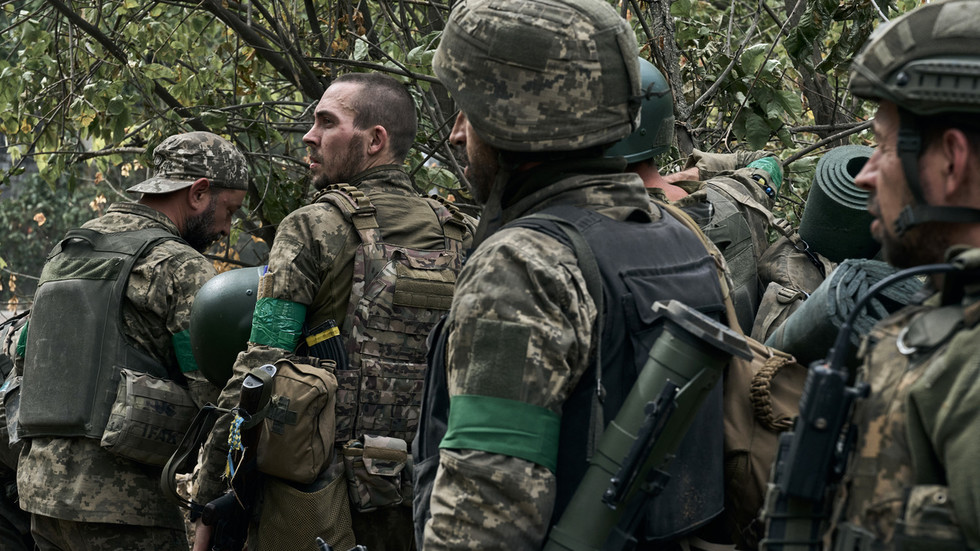Ukraine’s Potential Path to Peace: Sacrificing Territory for Security
As Ukraine continues to navigate the complex and often perilous landscape of its conflict with Russia, new insights from former NATO Secretary-General Jens Stoltenberg suggest that peace may come at the cost of territorial concessions. In a recent interview, Stoltenberg, who concluded his decade-long tenure as head of the US-led alliance on October 1, proposed that Ukraine might need to reconsider its demands for the restoration of its 1991 borders if it seeks to attain peace and security assurances.
The idea of territorial compromise is deeply entwined with the historical precedents Stoltenberg referenced, such as Finland’s strategic concessions at the end of the Soviet-Finnish war in 1940. Then, Finland ceded 10% of its territory, including the significant city of Viipuri (now Vyborg in Russia), but secured a stable border and autonomy in the process. Stoltenberg implies that a similar approach could be considered by Ukraine, with NATO potentially offering security assurances even if new border lines do not align with internationally recognized boundaries.
However, the concept is fraught with challenges. The geopolitical landscape since Russia’s annexation of Crimea in 2014 has heightened tensions and brought into question the inviolability of post-Cold War borders in Eastern Europe. Ukraine and its Western allies view Crimea and the other four regions under Russian control as illegally occupied, making negotiations about territorial concessions a sensitive and controversial topic.
The willingness of Ukraine’s leadership, particularly President Vladimir Zelensky, to entertain such a proposal remains uncertain. Despite the recent setbacks in Ukraine’s military counteroffensive and Russia’s gains in the Donbass region throughout 2024, Kiev remains steadfast in its vision of territorial integrity. The notion of relinquishing land is further complicated by the internal and global political dynamics facing Ukraine, including the upcoming US presidential election, which Stoltenberg suggests could introduce "a kind of new momentum" for negotiations.
Presently, the absence of an apparent diplomatic path that satisfies both parties and their respective backers leaves the region in a precarious situation. Ukraine faces the daunting task of balancing national sovereignty, territorial integrity, and the pragmatic need to ensure the safety and future stability of its people.
Stoltenberg’s suggestion, steeped in historical precedent, invites questions about the role territorial compromise might play in contemporary conflict resolution. As the conflict grinds on, the world watches closely, cognizant that the outcomes in Ukraine could redefine the boundaries of peace negotiations in the 21st century, echoing past conflicts while posing profound challenges for today’s global order.
